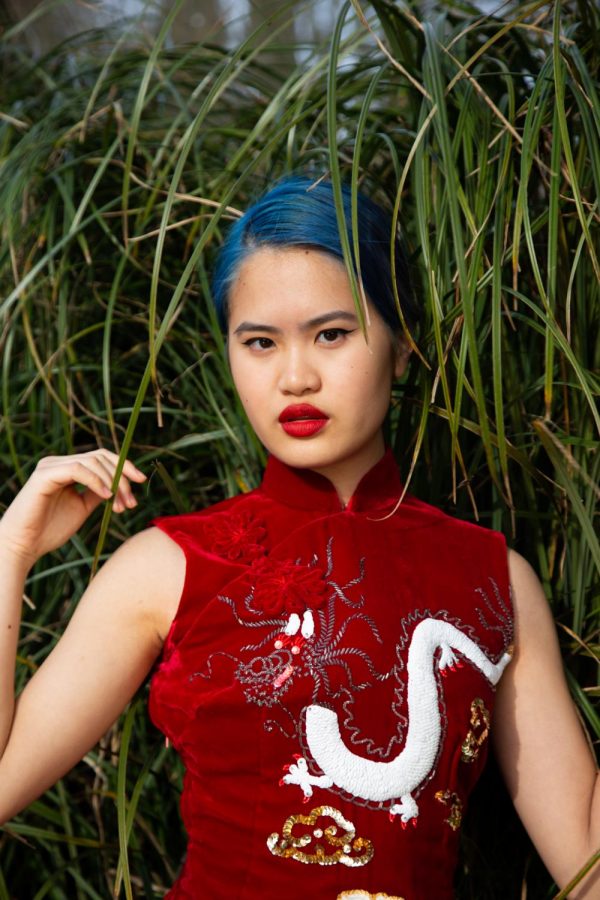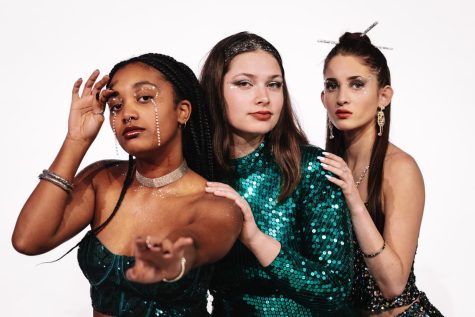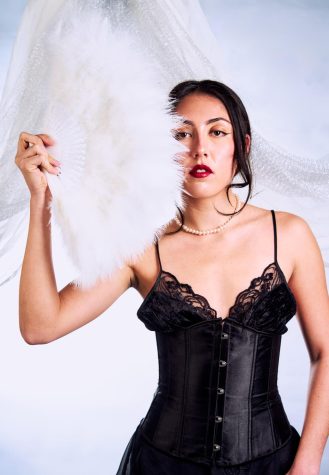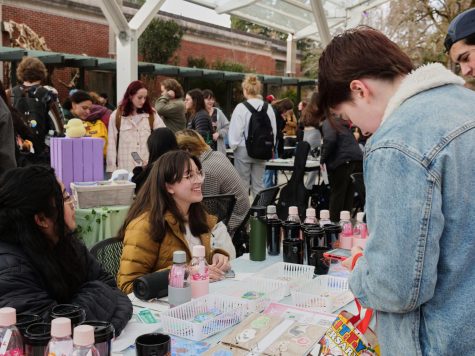不三不四
June 29, 2020
Identity is said to be a culmination of one’s being, a smorgasbord of entities that define a person – aspects such as age, gender, race, ethnicity and culture. To have an identity is one thing, to know and willingly accept your identity is another matter.
Growing up, I was always very wary of being Asian American. My Chinese heritage seemingly clashed with my American childhood, and I remember being almost embarrassed of this culture that was laid upon me. As early as I can recall, I had always ignored the clothing of Chinese culture. Though fashion had been a longtime interest of mine, I deliberately dismissed those garments that bore mandarin collars and fabrics brocaded with traditional symbols, all which were too reminiscent of the stereotypes that came with being Chinese. It wasn’t until recently, when I discovered my mother’s cheongsam, that I began to acknowledge this part of my culture.
In the book, “In the Mood for Cheongsam,” published in 2012, authors Lee Chor Lin and Chung May Khuen explain that the cheongsam, also known as a qipao (respectively Cantonese and Mandarin), is a long dress that is often depicted with Chinese women. Its sheath-like form bears slits on the sides, an asymmetrical opening that is fastened by frog closures, topped with a stiff, mandarin collar which reaches high over the neck. Although associated with Chinese culture, its origins actually come from the Manchus, a smaller ethnic group that ruled during the Qing dynasty. The first cheongsams were worn by female students in 1912, when they modified the men’s Manchurian long robe in an effort for gender equality. It was in the late 1920s however, that the cheongsam finally gained popularity in Shanghai, and eventually spread to Hong Kong, Taiwan, and Singapore. Chinese women began to style the gowns with Western influences such as pumps, stockings, and marcelled waves in their hair. By the 1960s, the slits of cheongsams had risen and the style became more form-fitting.
Nowadays, the cheongsam is regarded as an elegant formal dress by the older Chinese generation, and a fashion statement by their younger counterparts. Despite its cultural significance in both historical and modern contexts, it had taken me years to approach traditional Chinese clothing in either of the aforementioned perspectives. My main resistance had stemmed from the poorly referenced garments produced by Western designers and media, as well as the horrifying yet laughable Halloween costumes that perpetuated the stereotypes that I feared would be pinned on me. My identity would somehow be compromised, if I did not distance myself enough, if I did not ‘Americanize’ myself adequately.
Another blow to the construction of this identity came with the COVID-19 pandemic. As the number of cases increased, so did the amount of hate crimes against Asians and Pacific Islanders, which are fuelled by racism, xenophobia, and prejudice. To track the numbers, a reporting center was launched on the Asian Pacific Policy and Planning Council (A3PCON) website for Asian Americans to report such incidents. According to a press statement released by the website, the center received 1,497 reports in the first four weeks of its launch. Incidents that came from California and New York made up 58 percent of all reports, which were submitted from 45 states nationwide.
As I gaze upon my mother’s cheongsam, with its elaborate embroidery and deep red color, I realize its existence, in a particular vein, is like mine. It is “不三不四”, bu san bu si. The literal translation of the Chinese idiom is ‘not three, nor four’, with its metaphorical meaning used to describe someone who is questionable, not entirely one thing nor another. I am not completely Chinese or American in the typical sense, nor do I hold a neat position in the middle. Like the dress, coming from and being influenced by many different cultural factors, I am not a product of a singular place, but a culmination of various entities.
The course of current events is only a part that makes up a complicated subject. If I were younger, I would’ve had the benefit of obliviousness, yet still would’ve been doubtful of myself. However, as I continue to navigate the cultures of both my Chinese and American self, I know that my identity cannot be erased so easily, even with the present uncertainty of the world. In light of everything that is happening, I choose to fully embrace this bu san bu si identity that I know will never be simple, neither one nor the other.











